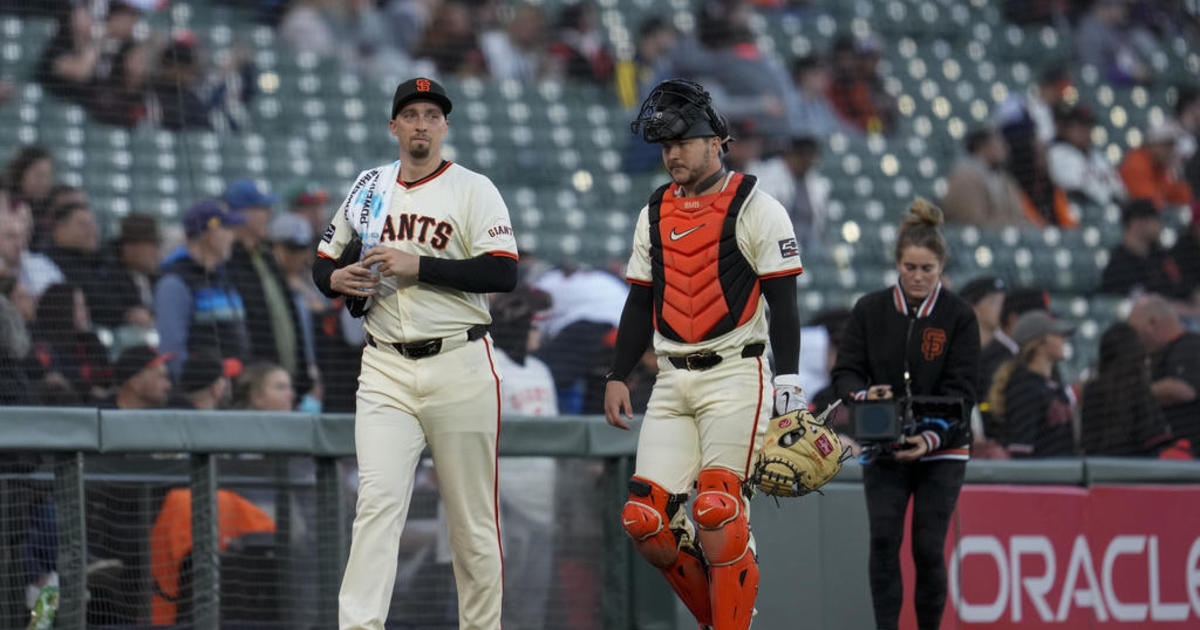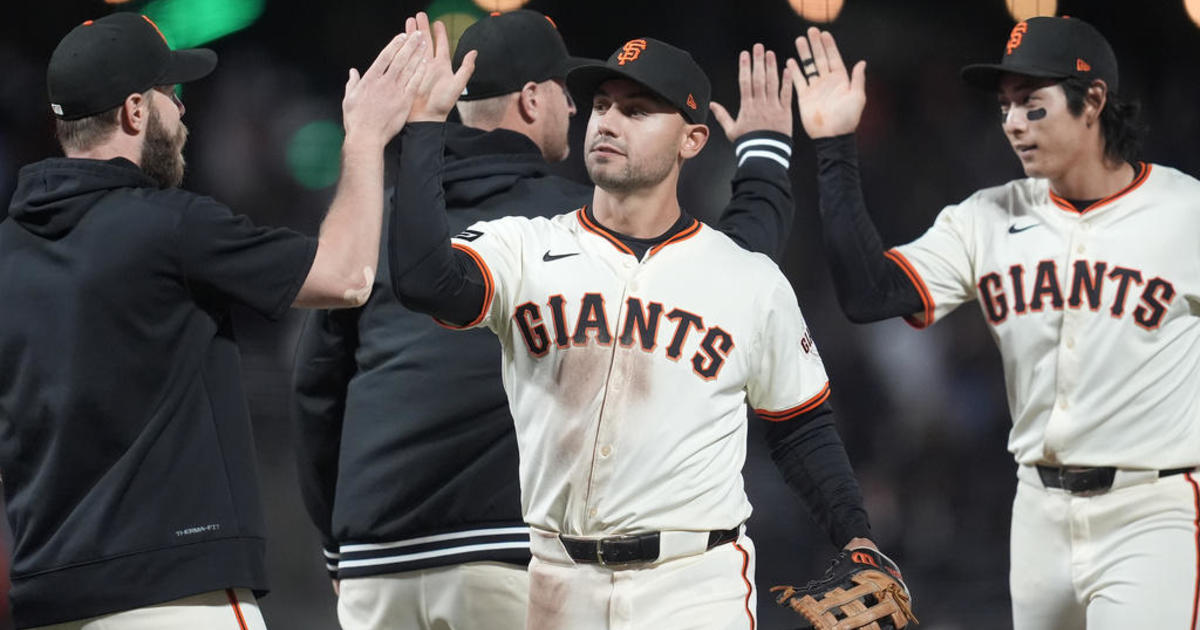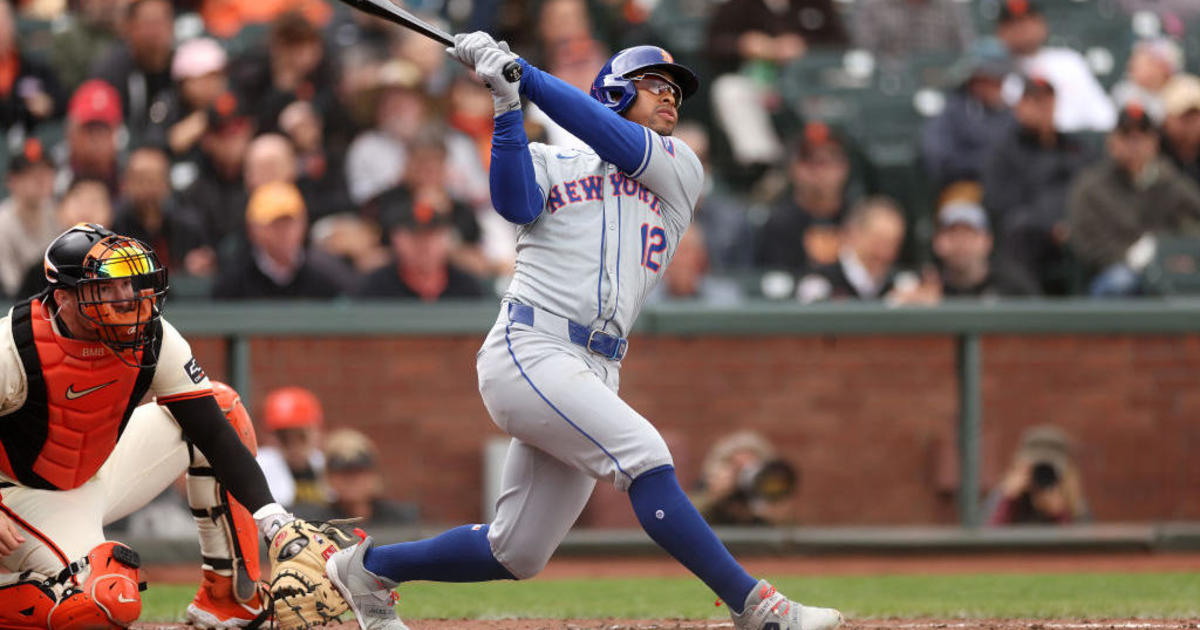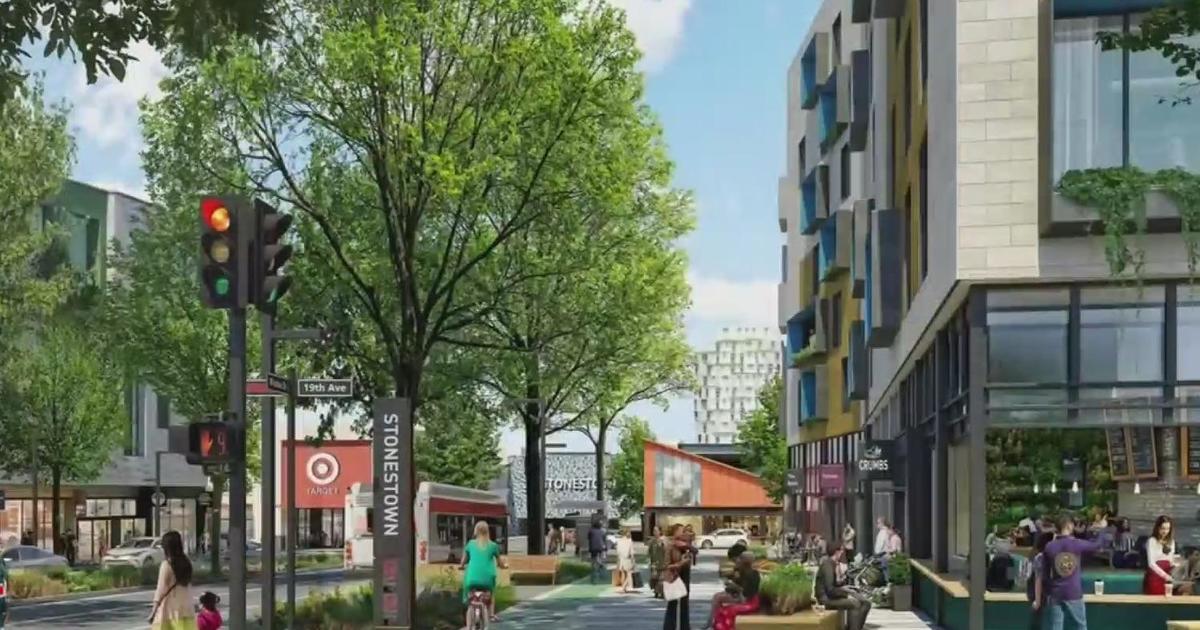HealthWatch: Experimental Head Trauma Treatment At SF General Offers Hope
SAN FRANCISCO (CBS 5) -- Nearly two million Americans suffer severe brain injuries each year. An experimental treatment helped give a San Francisco Police officer a second chance, and it could help beaten Giants fan Bryan Stow.
On June 12, 2002 at the intersection of 17th and Dolores in San Francisco, two patrol cars responding to a call, collided at high speed. One of the cars flipped, killing an officer; and careening the other into a traffic light. In that second car sat 25-year-old rookie Officer Nick Ferrando.
"My seat belt broke. I was ejected from the vehicle and went head first into a building," said Ferrando.
Ferrando flew out the passenger window, and struck a brick wall with such force; he fractured his skull, and suffered severe brain trauma.
San Francisco firefighter Aisha Krieger was off duty but one of the first on the scene. She rushed to take care of Ferrando, and was shocked by his injuries.
"It was startling. I was scared for him", said Krieger.
"He had the worst kind of head injury. When he arrived here at San Francisco General Hospital, he had what we call fixed pupils. So, he was already in the process of the early stages of brain death," explained Dr. Geoffrey Manley.
Manley is chief of neurosurgery at the famed trauma center at San Francisco General Hospital. He explained that with severe brain injury, the brain swells against a rigid skull.
"There is no other place for the brain to go but down and that presses on the brain stem. And the brain stem is like a Central Command center for things like controlling your breathing," said Manley.
When Manley went to medical school, he said he was trained that a patient like Nick Ferrando, that you should withdraw support and let him pass away. "Because, as I was once told," said Dr. Manley, "he would either be dead or worse than dead."
But in 2002, Ferrando was taken to the right place at the right time.
At San Francisco General, he received experimental treatment that included an aggressive controversial surgery. It's called a decompressive hemicraniectomy. With this procedure, surgeons remove a large part of the skull which allows the brain to move outwards rather than moving downwards.
Manley performed the procedure. A few weeks later, Officer Ferrando awoke from his coma.
"I remember opening my eyes. Looking around seeing all the faces of friends, families, coworkers", said Officer Ferrando.
However, it was a long road back to a full and meaningful recovery.
"We're looking at the most complicated injury to the most complicated organ in the body," said Dr. Manley
To date, Ferrando has no memory of the accident.
"I was like a puzzle undone in the box, dumped out and they helped me put the pieces back together because that's what was needed. I couldn't have done it on my own," said the officer.
In the crash, the rookie also broke both his femurs. Those needed to heal, as did his brain
"It was like being a baby all over again. Learning to walk. Learning to talk. Learning to think, function through a day. At 25, where you're 25 you think you're on top of the world - for most people. And it's very humbling," said Ferrando.
Ferrando credits his family, his wife, his coworkers, the paramedics, the firefighters, his friends and of course San Francisco General Hospital and Manley with his survival and his miraculous recovery.
Nick said he could not get by without their help; he could not recover on his own. His parents made the decision to allow Dr. Manley to take the step and perform the skull surgery. They were told to prepare for his death. Nick received the last rites 3 times. But Nick Ferrando beat the odds.
To this day, traumatic brain injuries are poorly understood. Manley is currently treating Brian Stow, the Giants fan who was brutally beaten at Dodger Stadium on March 31st.
Stow, as well as Congresswoman Gabrielle Giffords, who was shot in the head in early January, both underwent a hemocraniectomy. The procedure, done 9 years ago on Nick Ferrando, most likely saved their lives.
And, while it's unclear what kind of recovery Stow or Giffords might have, 11 months after the accident, Officer Ferrando was back on the job.
He had that second chance.
"Life keeps going forward and it's your job to keep pace", said Ferrando.
(Copyright 2011 by CBS San Francisco. All Rights Reserved. This material may not be published, broadcast, rewritten, or redistributed.)



